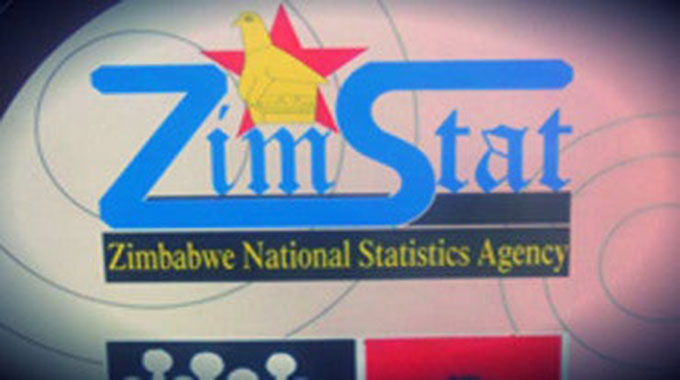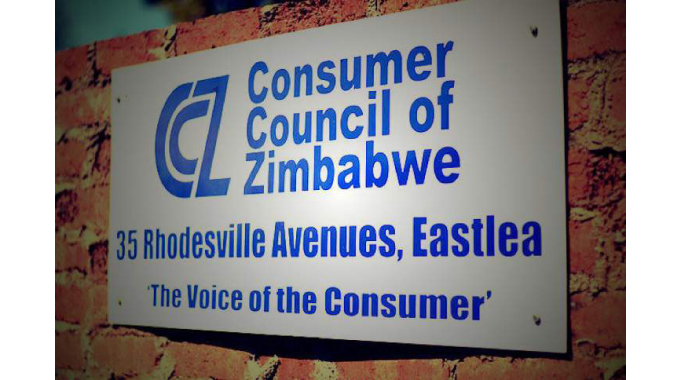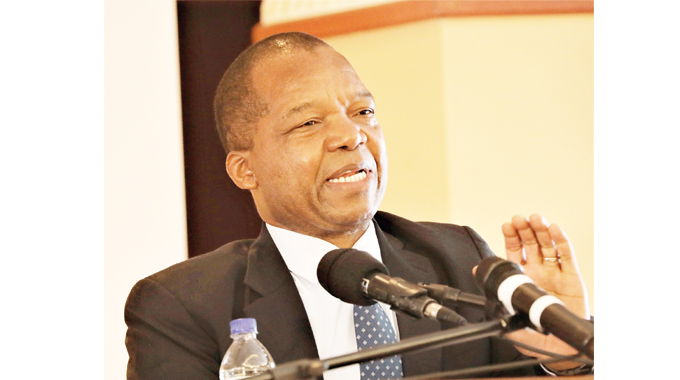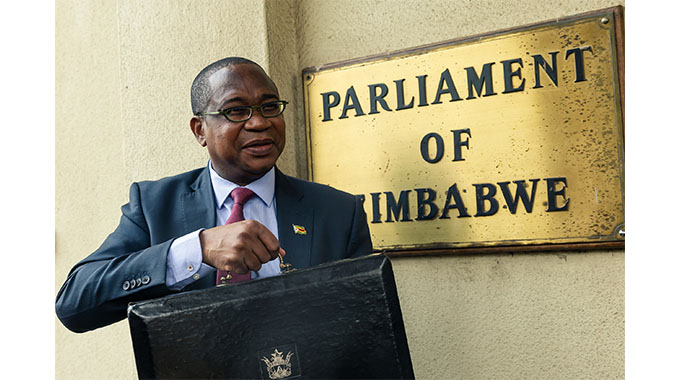The Chronicle

Business Reporter
ZIMBABWE’s month on month inflation has sharply dropped to 12,4 percent this month from 25,6 percent in July in response to corrective macro-economic policy measures being implemented by the Government, which have started pushing the cost of living downwards. The slowdown is also being buttressed by the continued decrease in fuel prices as the country strives to contain the cost of production, especially energy, which has recently been a major factor behind spiraling prices of basic goods and services.
According to the Zimbabwe Energy Regulatory Authority (Zera), the latest price for diesel is US$1,74 per litre from a peak of US$1,88 while petrol is US$1,58 from a peak of US$1,77. Government is also enforcing measures targeting speculative exchange rate manipulators who were previously fuelling unjustified black-market volatility that eroded the value of the local currency.
 Zimstat
ZimstatIn line with the Treasury’s projection that inflation would continue to drop resulting in restoration of consumer spending power, the Zimbabwe National Statistical Agency (Zimstat) has revealed that the month-on-month inflation rate has been almost cut by half from the July rate.
The month-on-month inflation rate is given by the percentage change in the index of the relevant month of the current year compared with the index of the previous month in the current year. “The month-on-month inflation rate in August 2022 was 12,4 percent shedding 13,2 percentage points on the July 2022 rate of 25,6 percent,” said the statistics agency in its latest report.
“This means that prices as measured by the all-items CPI (consumer price index) increased by an average rate of 12,4 percent from July 2022 to August 2022.”
In compiling the Consumer Price Index, ZimStats monitors price levels of about 495 products categorised according to United Nations Statistics Division’s Classification of Individual Consumption by Purpose (COICOP). Similarly, Zimstat said the month-on-month food and non-alcoholic beverages inflation rate stood at 14,2 percent in August, shedding 14,9 percentage points on the July 2022 rate of 29,1 percent.
The month-on month non-food inflation rate stood at 10,6 percent, shedding 11,8 percentage points on the July 2022 rate of 22,4 percent, said the report. The report further said the food poverty line (FPL) as at August stood at $20 461 which means that it is the minimum needs basket cost per person. Economic analysts say that inflation has mostly been linked to the illegal parallel market based pricing but have quickly noted that the market has of late taken a knock largely owing to positive Government intervention measures.
 Consumer Council of Zimbabwe
Consumer Council of Zimbabwe“The RBZ Financial Intelligence Unit (FIU) has been chasing rogue elements, the Ministry of Finance is demanding accountability on Government contractors and fuel prices have been going down and these have reduced inflationary pressures on the market,” said banker and economist”, Mr Morris Mpala.
He said this is as a great relief to consumers and this temporal stability should be guarded jealously by all stakeholders in the economy. While acknowledging the easing of inflation pressures, the Consumer Council of Zimbabwe (CCZ) has also observed a slight drop in the cost of living but urged businesses to reduce prices in tandem with the drop in fuel prices.
The consumer watchdog has also appealed to employers to pay wages and salaries that are commensurate with price increases to cushion workers and pensioners.
 RBZ Governor Dr John Mangudya
RBZ Governor Dr John MangudyaRiding on the restored macro-economic stability, Reserve Bank of Zimbabwe (RBZ) Governor, Dr John Mangudya, who recently projected that month on month inflation would drop to about three percent by December this year, has said the parallel market exchange rate has already declined to between ZW$700 to ZW$ 750 from a peak of between ZW$800 and ZW$900.
Given tight money supply measures, enhanced flexibility on foreign currency trading and strong penalties on currency manipulators, he said the willing-buyer willing-seller rate was expected to converge with parallel market rate. “In the outlook period the exchange rates are envisaged to converge between ZW$650 and ZW$ 680 by end of September 2022,” said Dr Mangudya.
 Professor Mthuli Ncube
Professor Mthuli Ncube“Convergence in exchange rates is expected to result in a progressive decline in month-on-month inflation.”
Annual inflation is also expected to recede as the economy stabilises, policy makers have said. Finance and Economic Development Minister, Professor Mthuli Ncube has said the measures will quickly arrest inflation with positive pass-through impact in the form of enhanced disposable incomes and aggregate demand for businesses.
Article Source: The Chronicle
